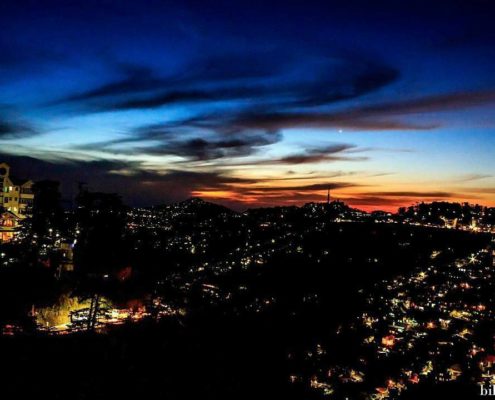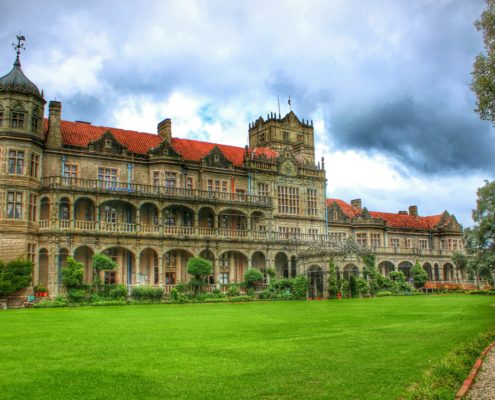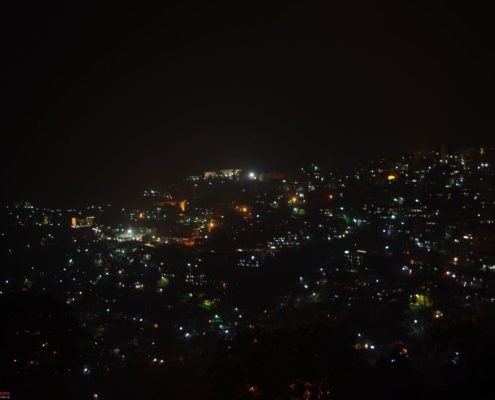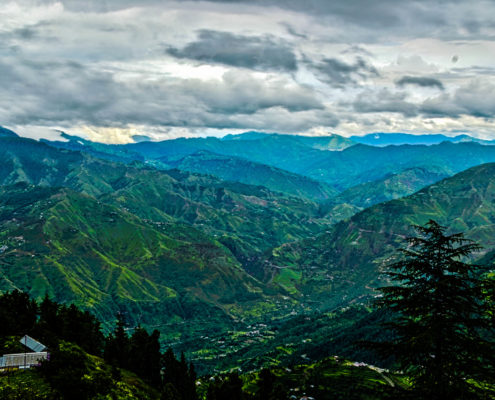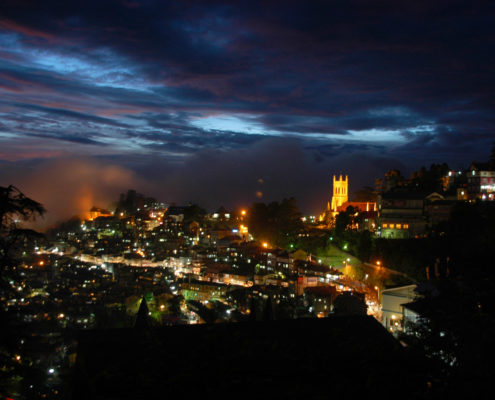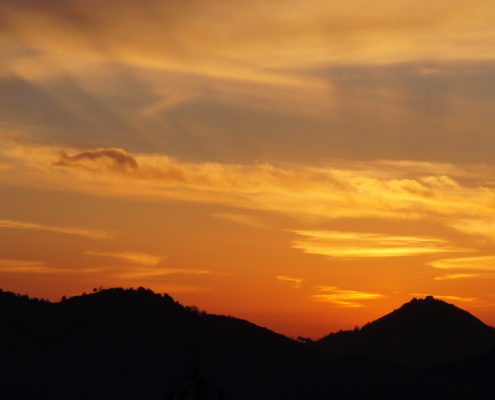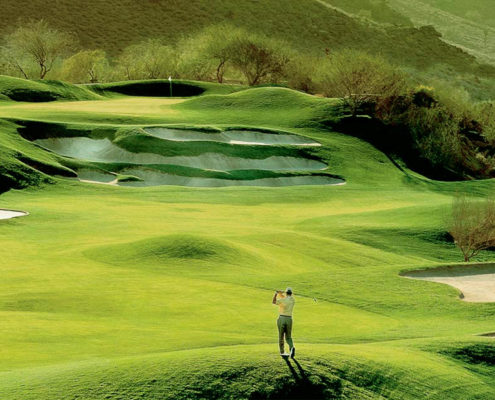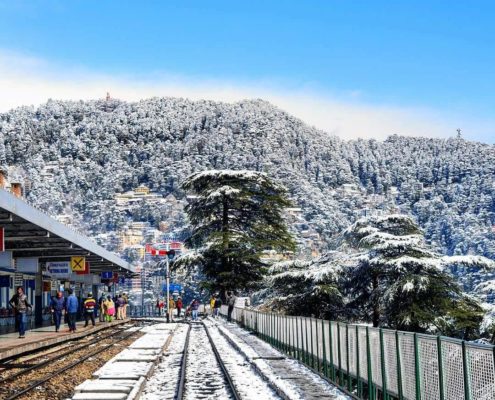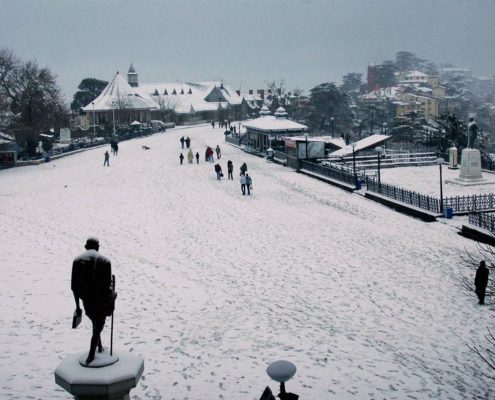Height: Most of the town lies between 2,100 m and 2,300 m
Languages spoke: Hindi. Also English, Punjabi and Pahari.
Religion: Mostly Hindu. Also Sikh, Muslim and Christian
Medical Facilities: Good
Telecommunications: Worldwide links by the net, telephone and fax, code: 0177
With all its intricacies, history seems to have been the mortar for every brick and stone that has built Shimla. As the Summer Capital of the British in India, Shimla was the country’s focus for the better part of every year and now, is the state capital of Himachal Pradesh. The town of Shimla rose in the nineteenth century when the Gurkha Wars came to an end in 1815-16 and the victorious British decided to retain certain pockets as military outposts and sanitaria. In 1822 the most rigorous of dandies and the greatest of sticklers for form Captain Charles Pratt Kennedy, Political Agent to the Hill States directed that a house is built for him at the village whose name is variously reported as Sheyamalaya Shumlah, Shimlu and Shemlah. Kennedy House led the vanguard of the hundred-odd houses that were to scatter themselves by 1841 over every level or gently inclining space. Lured by the climate and terrain scores of European invalids began moving to the station and the only stipulation of the local chief who owned the land was that no tree be cut or cattle slaughtered.
In 1864 the Viceroy, John Lawrence anointed Shimla – then spelt Shimla, as the summer capital of British India. With Lawrence came the Viceroy Council, the Imperial Secretariat, representatives of the Indian princes and foreign envoys. As the town grew to become the workshop of the Empire, an awed visitor observed, every pigeonhole cradled an embryo of a war or death. Despite the fact that up to the time of Indian independence in 1947, Shimla officially remained only the summer capital, yet the Government spent more time in these hills than at the actual capital Calcutta and later New Delhi. As the bearer of the Viceregal sceptre, this tiny pocket became the cynosure of British Empire. Imperial grandeur and all the panoply and trappings of power came along for the ride. And there was a popular local saying that went, “You cannot sleep the nights in Shimla for the sound of grinding axes”. A social whirl of parties, gymkhanas, balls, fancy fairs and affairs du Coeur ensured that a heady mixture of scandal and intrigue constantly wafted through the town.
Quite inevitably the freedom movement had a close connection with Shimla. Ornithologist and former Civil Servant, Allan Octavian Hume created the Indian National Congress which spearheaded the struggle while living in the town. Stalwarts like Mahatma Gandhi, Pandit Nehru, C. Rajagopalachari, Pandit Madan Mohan Malviya and Maulana Azad regularly visited Shimla. Major events that took place in the town were the Shimla Conference in 1942, the deliberations of the Cabinet on and finally the decision to partition India.


